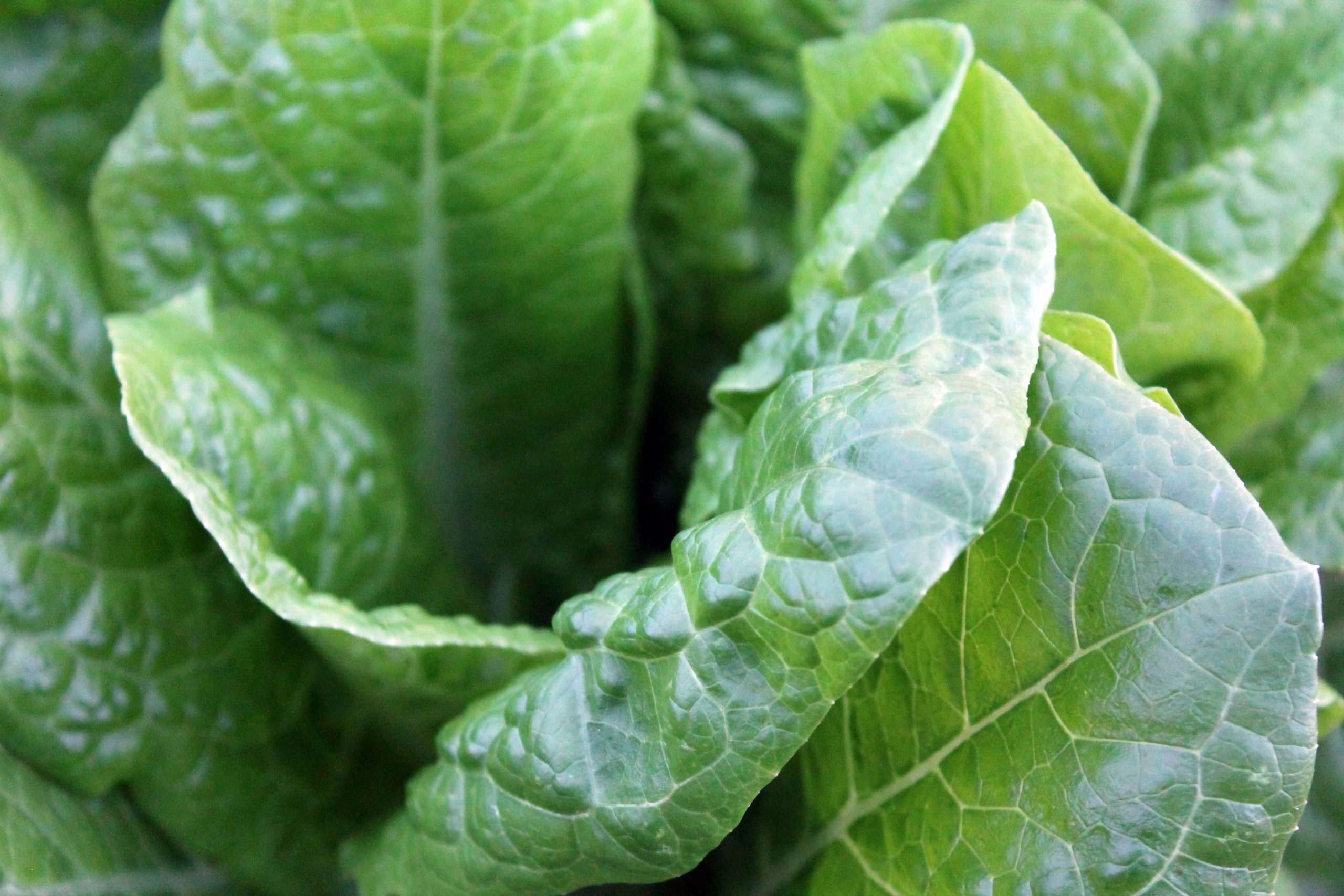The vegetable of May is Spinach! Although you can find spinach in super markets all year long, May is when you can find freshly and locally grown spinach in farmer’s markets and supermarkets. Spinach is an incredibly healthy and nutritious green, leafy vegetable and is an excellent source of many vitamins and minerals:
Vitamin A: Spinach is high in carotenoids, which the body can turn into vitamin A (3).
Vitamin C: Vitamin C is a powerful antioxidant that promotes skin health and immune function.
Vitamin K1: Vitamin K is essential for blood clotting, and one spinach leaf contains over half of your daily need.

Folic acid: Also known as foliate, or vitamin B9. It is essential for normal cellular function and tissue growth, and is very important for pregnant women.
Iron: Spinach is an excellent source of this essential mineral. Iron helps create hemoglobin, which brings oxygen to the body’s tissues.
Calcium: Calcium is essential for bone health. This mineral is also a crucial signalling molecule for the nervous system, heart and muscles.
Spinach also contains several other vitamins and minerals, such as potassium, magnesium, and vitamins B6, B9 and E.
How to incorporate spinach into your diet
You can use spinach as a base of a variety of salads, you can cook, steam or sauté spinach, and or use it in soups (such as Italian Wedding soup). As you can see, the possibilities are endless, but is one way of consuming spinach healthier than the other? Research shows that sautéing of spinach is the best way to save its total carotenoid content (in comparison with steaming or boiling or frying). Other studies show far less loss of vitamin C from spinach when this vegetable was steamed for 5 minutes (instead of being microwaved or boiled for that same amount of time). Lastly, studies show that consuming raw spinach (for instance in the form of salads) is also incredibly healthy; 25% of the folate in spinach can be lost from cooking, therefore, if you’re consuming spinach for the high level of folate than consuming it raw is the most optional way. All three methods of incorporating spinach into your diet are great, the most important thing to remember is not to over cook it, and change up the way you eat spinach; try alternating cooked and raw spinach during the week to get the most benefits from this amazing food and to keep it interesting for yourself.
Shop for vivid, dark green spinach with firm leaves and stems. Avoid those with excessively thick, tough or woody stem ends. As with most green leafy vegetables try to buy organically grown spinach for the best product, and store in refrigerator, but not for too long as the thin leafs of this vegetable tend to go bad fairly quickly.
Sources used:
https://authoritynutrition.com/foods/spinach/#Vitamins_and_Minerals
http://www.whfoods.com/genpage.php?tname=foodspice&dbid=43

